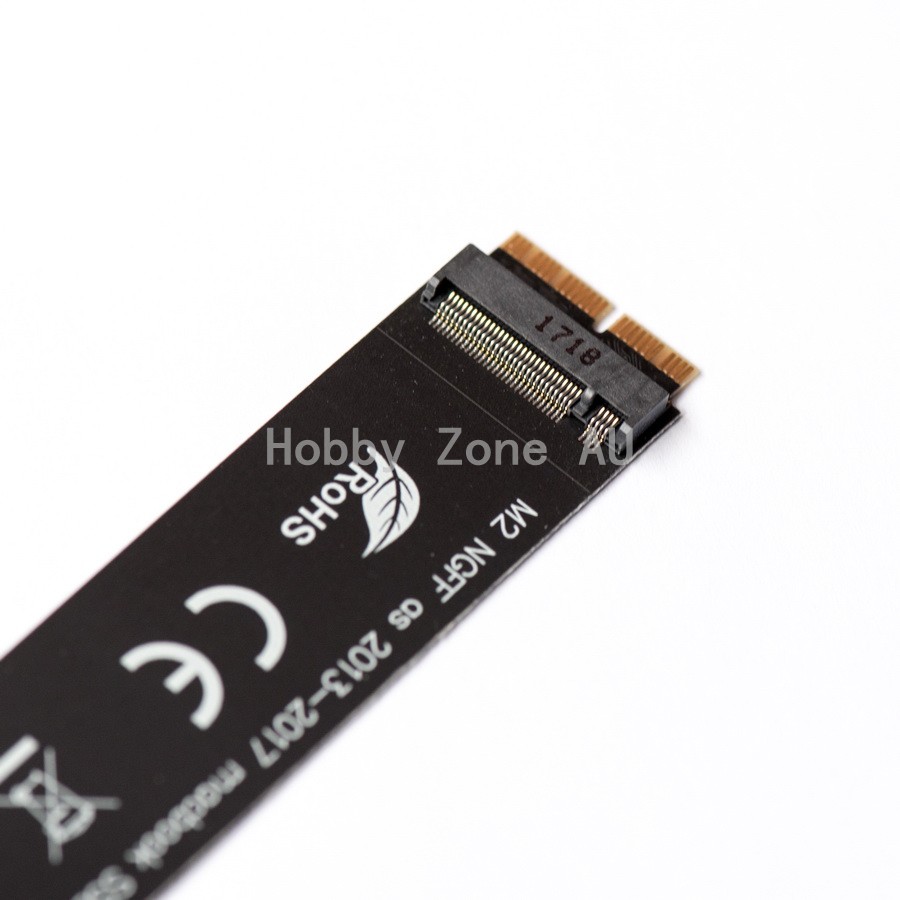

Like the 128, 256, and 512GB capacities, the new 1TB version features dust, water, and shock resistance thanks to Transcend’s chip-on-board manufacturing tech and comes with a five-year warranty. While those of course won’t match external SSD speeds, the big benefit is the tiny and flush form factor making the JetDrive Lite 330 a convenient way to integrate more storage for everything from docs, photos, and videos to Time Machine backups. The JetDrive Lite 330 expansion cards use “high-quality” NAND flash and offer read speeds of 95 MB/s and write speeds of 75 MB/s. Its tiny design and high capacity expands the storage space of the MacBook Pro in a snap, increasing users’ efficiency by backing up digital files. (Transcend®), a leading brand of digital storage and multimedia products, released a 1TB JetDrive Lite 330 expansion card which is exclusively designed for MacBook Pro® 2021. Transcend announced the new 1TB capacity JetDrive Lite 330 in a press release today. With a clean design that sits fully flush with your notebook, the 1TB JetDrive makes it seamless to expand your MacBook Pro’s storage. ddrescue clones your original drive while repairing as much as it can in the process of reading data off the destroyed internal drive, and is legally free software.After launching its JetDrive Lite 330 expansion cards earlier this year, Transcend is out today with a new 1TB JetDrive SD card made specifically for the latest MacBook Pro. you can then use that drive with whatever data recovery software you like best. Obviously, put the right sd device after /dev, do not copy and paste that directly One of these is your destroyed internal drive, one is the external drive you connected, one is the flash drive, etc.įigure out which is which using common sense, then do the followingĭdrescue -f -d -r 1000 /dev/internalssdthatisdead /dev/externaldrivethatisgood logfile.log You'll see /dev/sda, /dev/sdb, /dev/sdc, /dev/sdd, etc. Then, connect an external drive of equal or larger size than your SSD.

These are bootable operating systems that can run on a USB flash drive. Worst case scenario you will have to install the package yourself on ubuntu if systemrescuecd won't boot. With ubuntu you will have to install ddrescue, with systemrescuecd it comes with ddrescue.

Get a bootable flash drive with systemrescuecd, or ubuntu.

None of this will work, there are no good enclosures out yet


 0 kommentar(er)
0 kommentar(er)
